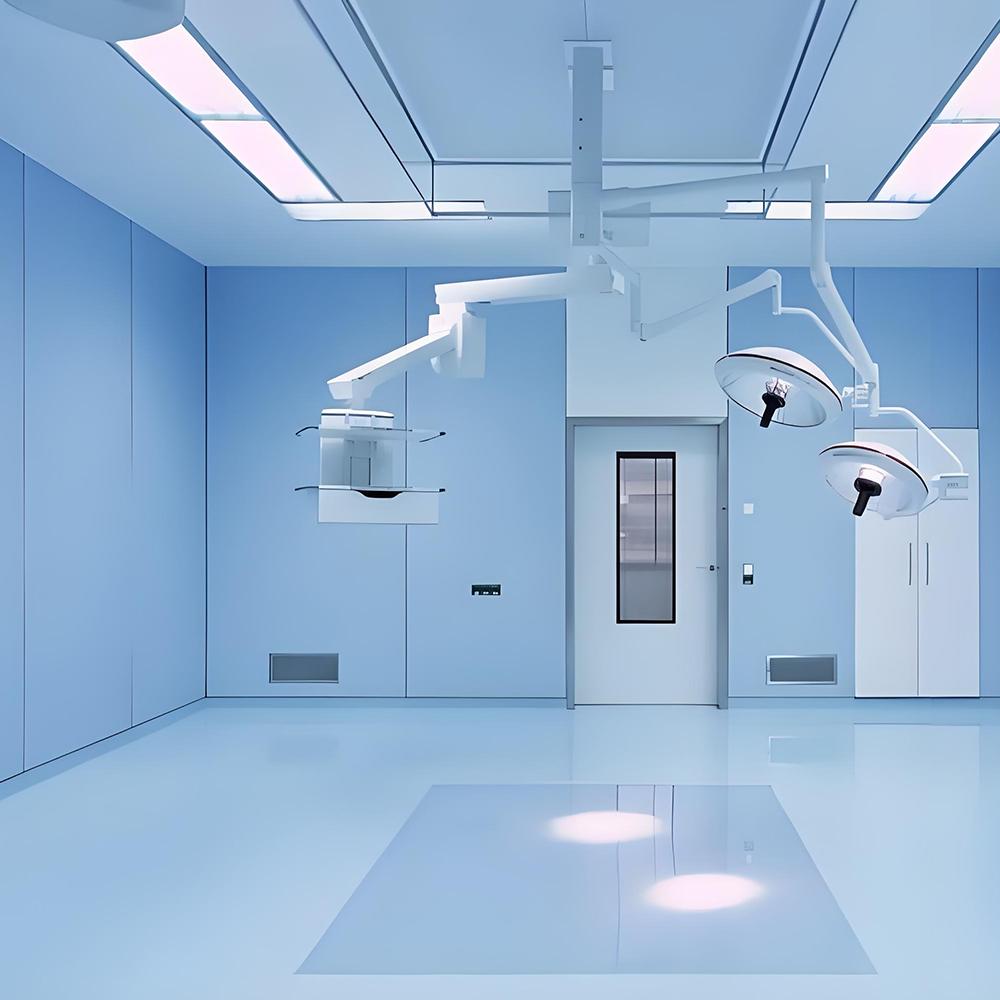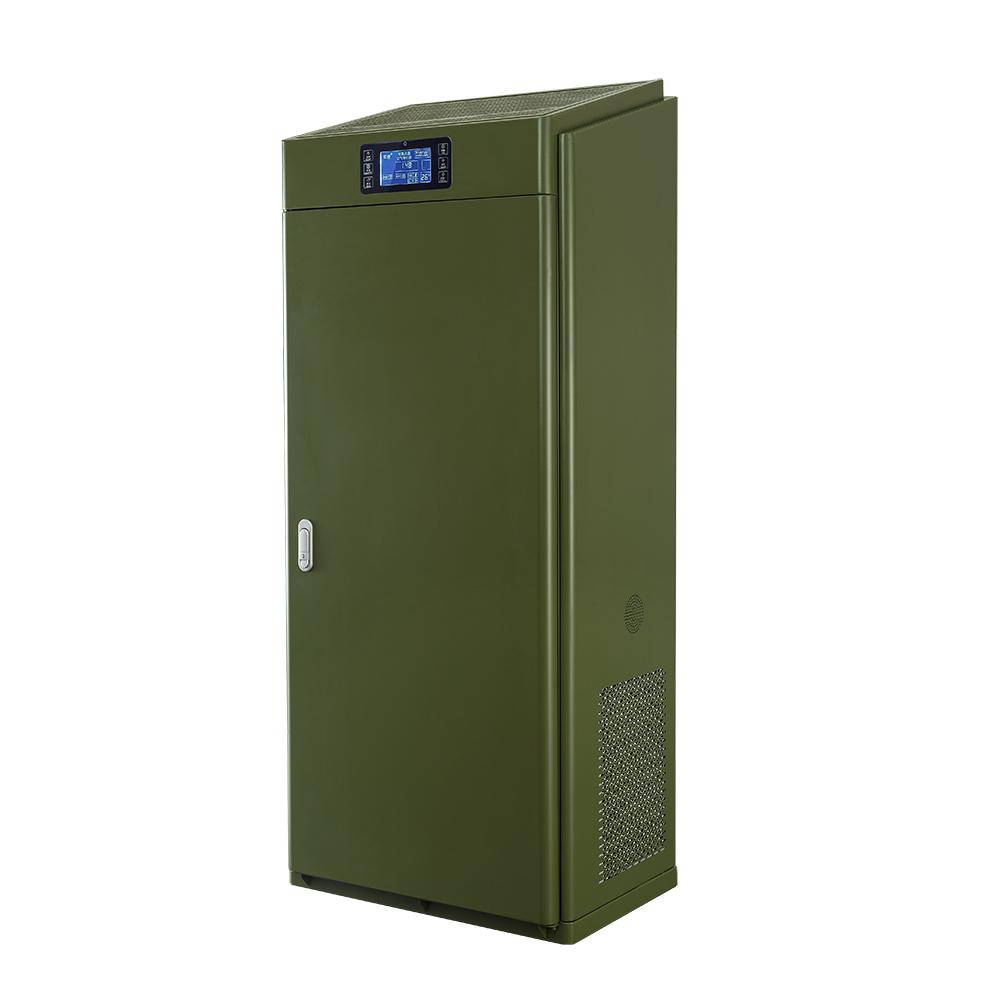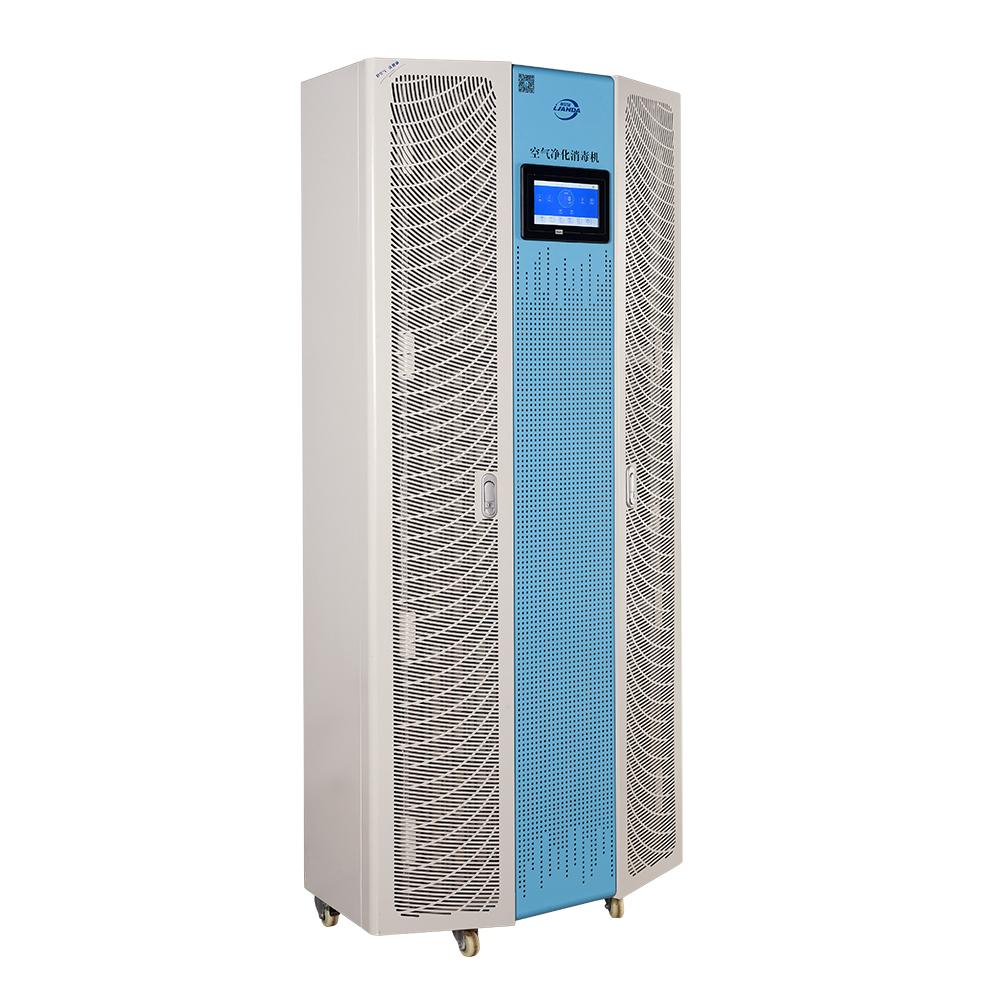The return air outlet is used for return air. When the indoor load is constant, the amount of cold air that needs to be supplied indoors is constant. In summer, the temperature of indoor air is generally lower compared to fresh air. Therefore, using the return air duct to return some air to the air conditioning box and mixing it with a small amount of fresh air to make cold air and send it indoors can effectively save energy compared to using all fresh air to make cold air. The layout of the return air outlet can effectively save energy. The suction speed of the return air outlet. In air conditioning engineering, in addition to single-layer louvered air outlets, fixed louvered straight slot air outlets, etc., there are also grate hole return air outlets, mesh plates, orifice plate return air outlets, and mushroom shaped return air outlets. The arrangement of the return air outlet follows the jet theory, where the supply air jet injects a large amount of indoor air to mix with it, causing the jet flow rate to interrupt and increase with the increase of the range. The return air volume is less than (at most equal to) the supply air volume, and the velocity field distribution of the return air outlet is hemispherical, with its velocity inversely proportional to the square of the action radius. The attenuation of the suction air velocity is very fast. So the airflow pattern in the air conditioning area mainly depends on the supply air jet, while the position of the return air outlet has little effect on the indoor airflow pattern, temperature, and velocity uniformity. When designing, consideration should be given to avoiding phenomena such as jet short circuits and "dead zones" as much as possible. When using side air supply, arranging the return air outlet on the same side of the air supply outlet will have a better effect.

What is the reason for the loud sound from the air conditioning return air outlet?
There may be several reasons for the loud sound from the air conditioning return air outlet: 1 Unreasonable air duct design: If the air duct of the air conditioning return air outlet has too many bends or poorly designed turns, it can lead to airflow turbulence and exacerbate air noise. 2. Dirty and blocked air duct: If there is accumulation of dust, dirt, foreign objects, etc. in the air duct inside the return air outlet of the air conditioner, it may hinder air circulation and increase air noise. 3. Fan problem: If the air circulation fan or exhaust fan of the air conditioning return air outlet malfunctions or is used for too long, it will be worn, aged, loose, misaligned, and increase noise. 4. Improper angle of the device: If the fan angle of the air conditioning return air outlet is incorrect or the device position is offset, it will cause the air to tilt or forcibly absorb and compress the air, increasing noise. 5. Excessive wind speed: If the air supply gear of the air conditioning return air outlet is too high or the air supply speed of the air conditioning is too fast, it is easy to cause airflow noise. If you encounter a problem with loud noise from the air conditioning return air outlet, you can check whether the air duct is dirty or blocked, and clean the dust accumulation inside the air duct. If there is still a noise issue, it is recommended to contact maintenance personnel for inspection and repair.
What is the difference between air conditioning supply and return vents?
The air conditioning supply and return air vents are two key components in the air conditioning system, and their functions and positions are different: 1 Supply Air Vent: A supply air vent is an air outlet in an air conditioning system that blows cold (or hot) air out of the system for indoor use. The air supply outlet is usually located on the walls, ceiling, or floor of a room, and is regulated and dispersed through the air outlet cover plate or grille. The air supply outlet can change the comfort of indoor air by adjusting the temperature, wind speed, and direction of the air conditioning system. 2. Return Air Vent: The return air vent is the air inlet in the air conditioning system, which is responsible for collecting indoor air and bringing it back to the air conditioning equipment for processing. The return air outlet is usually located on the walls, ceiling, or floor of a room, and can be adjusted and dispersed through the return air outlet cover or grille. The indoor air collected by the return air outlet will enter the air conditioning system for filtration, cooling (or heating), and recirculation treatment. Overall, the air supply outlet is mainly responsible for sending processed cold (or hot) air into the indoor space, while the return outlet is responsible for collecting indoor air for the treatment of air conditioning equipment. The two work together to coordinate and ensure that the air conditioning system can maintain the temperature, humidity, and cleanliness of indoor air
How to handle the air conditioning return air outlet inside the cabinet?
If the air conditioning return air outlet is inside the cabinet, there are several ways to handle it: 1 Adjust the partition in the cabinet to ensure smooth ventilation of the return air outlet. This method is relatively simple, but it may require redesigning the cabinet structure and paying attention to the utilization of space and materials. 2. Make a small hole under or around the cabinet for air circulation. This method is more convenient, but it is necessary to pay attention to the size and position of the holes to avoid affecting the appearance and use of the cabinet. 3. Install suction vents above or on the side of the cabinet to facilitate air circulation. This method is relatively complex, but it can better control the direction and intensity of air circulation. It is necessary to pay attention to the corresponding installation position and air conditioning return air outlet. Different treatment methods are suitable for different air conditioning return air vents and cabinet structures, and need to be selected and designed according to specific circumstances. During the processing, it is important to pay attention to safety, avoid damaging the air conditioning and cabinets, and avoid affecting indoor air quality and health. Think it's useful, like it. Think it's useful, like it. Put it away.




